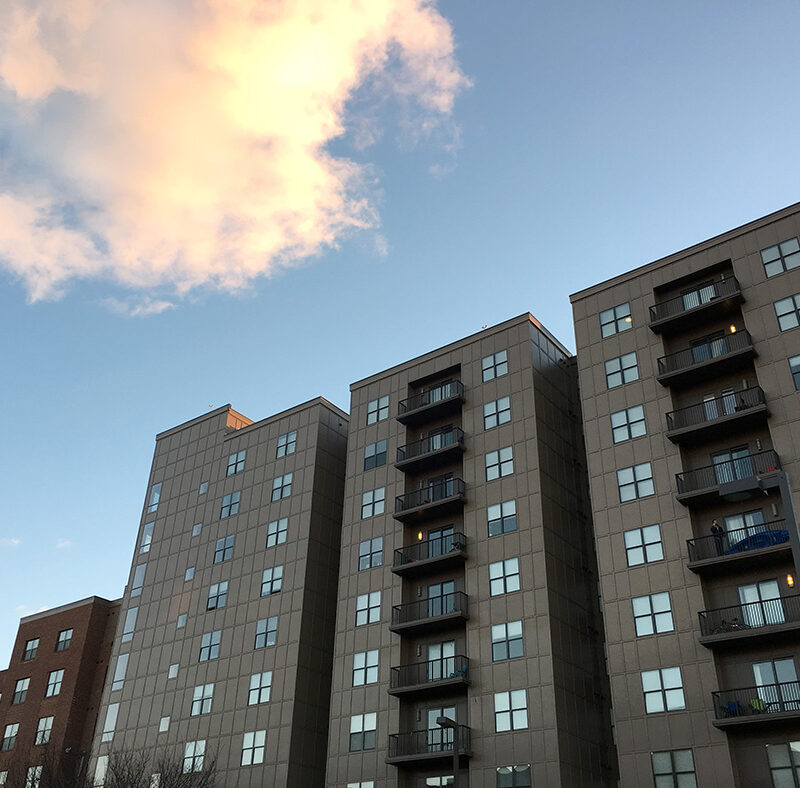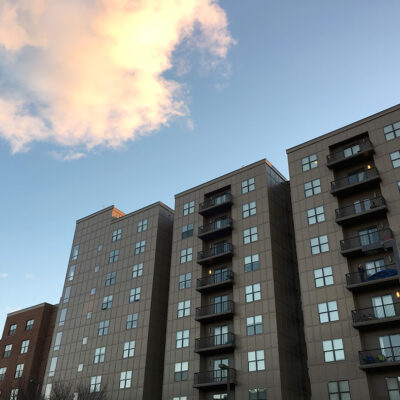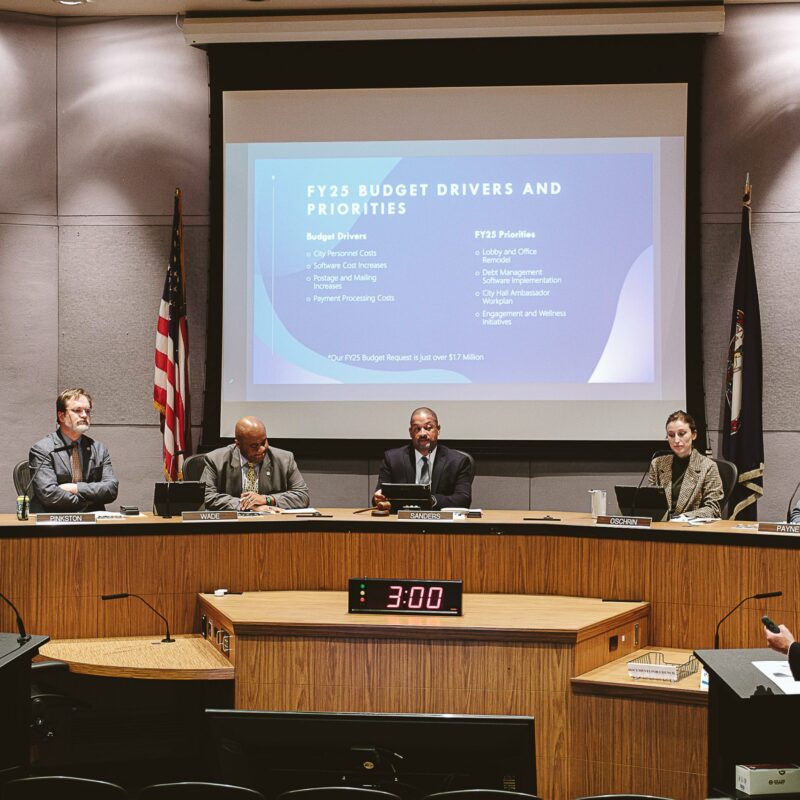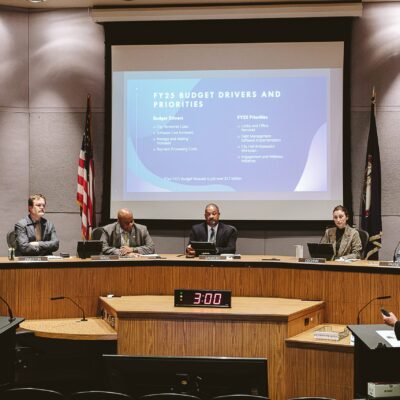“I remember thinking, ‘Where is my youngest daughter? Where is she?!’” Kimberly Mitchell, a resident of Mineral, recalled the fear that overtook her on Tuesday, August 23, 2011, the day a 5.8 magnitude earthquake shook central Virginia.*
|
Michael Allen of Bumpass said he was hesitant to register for FEMA assistance because he thought the process would drag out. Allen’s floor buckled and his well and septic system were damaged in the September earthquake that rocked central Virginia. (Photo by John Robinson) |
Mitchell, who was working in Charlottesville, felt the quake, but was much farther from the epicenter than her five school-aged children. Upon confirming that the epicenter was in Louisa, her home town, she dropped everything and drove straight home, desperate for her kids to be safe and accounted for.
Through text messages and phone calls, she established that her four oldest were frightened but safe. It took longer to get ahold of her second-grade daughter.
“When she got off the bus, I literally just grabbed her,” she remembered, and laughs because even the bus driver couldn’t hold it together during this tearful reunion.
Once the initial shock and fear subsided, the same questions lingered on the minds of many Louisa residents: Now what? How do you begin to recover from a disaster that nobody could have seen coming?
That’s where the Federal Emergency Management Agency (FEMA) comes in. This nationwide organization devoted to helping families recover from natural disasters provides cost-free inspections for homeowners who suspect that their home may have sustained damage from the earthquake.
On Thursday, January 5, the Louisa County Disaster Recovery Center (DRC) reopened after the holidays, allowing its residents to seek assistance and ask questions in person. Residents of Louisa and the surrounding counties are strongly encouraged to visit the DRC, regardless of how significant their damage is.
Four months after the initial earthquake, new evidence of damage is appearing in homes. Small cracks in walls and foundations have grown larger with the 50-plus aftershocks, and cracks in roofs and ceilings are becoming more problematic in the cold, rainy weather. The latest batch of complications includes muddy well water and backed-up septic tanks.
These issues are not always obvious to the naked eye, however, so many families simply do not know whether or not they need to register.
“There’s nothing wrong with registering if you’re unsure,” said Monte Marsh, DRC Manager.
Michael Allen, a resident of Bumpass, registered with FEMA recently.
“I’ve suffered damage that I really didn’t know I had,” he said. “At the initial time I really didn’t see anything, but now I’m starting to see stuff pop up.”
In addition to well water and septic tank complications, Allen’s floor is buckled, and his back deck has twisted, its posts completely bent.
He and his family were hesitant to register with FEMA, unsure of how difficult the process would be, but Allen was pleased with his experience at the DRC.
“They just seem to want to help,” he said.
But some families and individuals are reluctant to accept this help.
“I felt like there were other people in the county who probably needed more help than I did,” said Julie Maxey, who lives on a large farm with her extended family. Despite their cracked chimneys and damaged foundations, Maxey and her family still live in their houses, whereas many homes in the area suffered such significant damage that residents were forced into temporary housing.
Amanda Reidelbach, Community Partnership Coordinator for Louisa County Department of Human Services, wants members of this close-knit community to encourage one another to register with FEMA. Residents have learned about FEMA through news releases, church announcements, fliers sent home with school children, even groups going door-to-door. Reidelbach hopes that this widespread outreach will be enough to encourage homeowners to register.
“The goal is to have every single house register for federal assistance,” she said.
As of January 10, over 4,400 homes have registered with FEMA, with more than $8.2 million approved and dispersed. Louisa alone has received about $7.2 million, and as more families in surrounding counties learn about FEMA, more funds will be distributed.
“We are here to help,” said Art Alejandre, public information officer. Alejandre wants families to know that FEMA does not draw from a set amount of money. “As long as folks register, and as long as they’re eligible, they will continue to receive the funding.”
The registration deadline is March 5. The DRC is open Monday through Saturday, from 10am to 6pm.
* An earlier version of this story incorrectly stated that the earthquake occurred on September 23, 2011.
/Fema_Robinson.jpg)





